Geo textile fabric
Price 50.0 INR/ Gram
MOQ : 100 Grams
Geo textile fabric Specification
- Usage
- Separation
- Material
- PP
- Type
- Non-Woven Geotextiles
- Size
- 100GSM
- Height
- 20 Centimeter (cm)
- Thickness
- 1.2 Millimeter (mm)
- Product Type
- Fabric
- Weight
- 100 GSM (gm/2)
- Application
- Railways
- Color
- white
- Length
- 100 Meter (m)
- Width
- 1 Meter (m)
- Hardness
- Not standardized
- Surface Treatment
- UV Stabilization
- Feature
- Ageing Resistant, Oil Proof, Waterproof, Wear Resistant, Smooth Surface, Weather Proof
Geo textile fabric Trade Information
- Minimum Order Quantity
- 100 Grams
- FOB Port
- Nhava Sheva Port
- Payment Terms
- Paypal, Cash Advance (CA), Cash in Advance (CID), Letter of Credit at Sight (Sight L/C), Telegraphic Transfer (T/T)
- Supply Ability
- 1000 Grams Per Day
- Delivery Time
- 7 Days
- Sample Available
- No
- Sample Policy
- Sample costs shipping and taxes has to be paid by the buyer
- Packaging Details
- Packaging Details for Geotextile Fabric 1. Roll Dimensions Width: Common widths range from 1 meter to 6 meters (typically 2m, 4m, or 5.2m). Length: Usually between 50 meters to 200 meters per roll, depending on fabric thickness and GSM. Roll Area: Typically 100 m to 1000 m per roll. 2. Weight Depends on GSM (grams per square meter) and roll size. For example: A 200 GSM non-woven geotextile in a 2m x 100m roll would weigh around 40 kg. 3. Core Rolls are wound around a cardboard or PVC core (commonly 3-inch or 4-inch diameter) for structural support. 4. Wrapping Rolls are usually: Wrapped in black or white PE film for UV protection during storage. Sometimes double-wrapped for added protection during transport. 5. Labeling Each roll is typically labeled with: Product name Type (woven/non-woven) Dimensions (width x length) GSM or mass per unit area Batch/lot number Manufacturer's name and logo 6. Loading & Transport Container loading: 20 ft container: ~8 10 tons or ~250 300 rolls (depending on size) 40 ft HC container: ~20 22 tons or ~500 600 rolls Palletized or loose rolls depending on shipping preference.
- Main Export Market(s)
- Asia, South America, Middle East, Africa
- Main Domestic Market
- All India
- Certifications
- ISO 9001:2015 certified IS 15058 2002 certified, with full support from lab reports Designed and manufactured to meet IS, BS, RDSO, and MoRTH standards
About Geo textile fabric
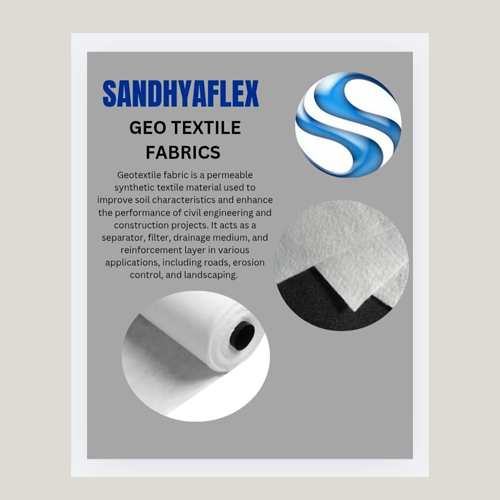
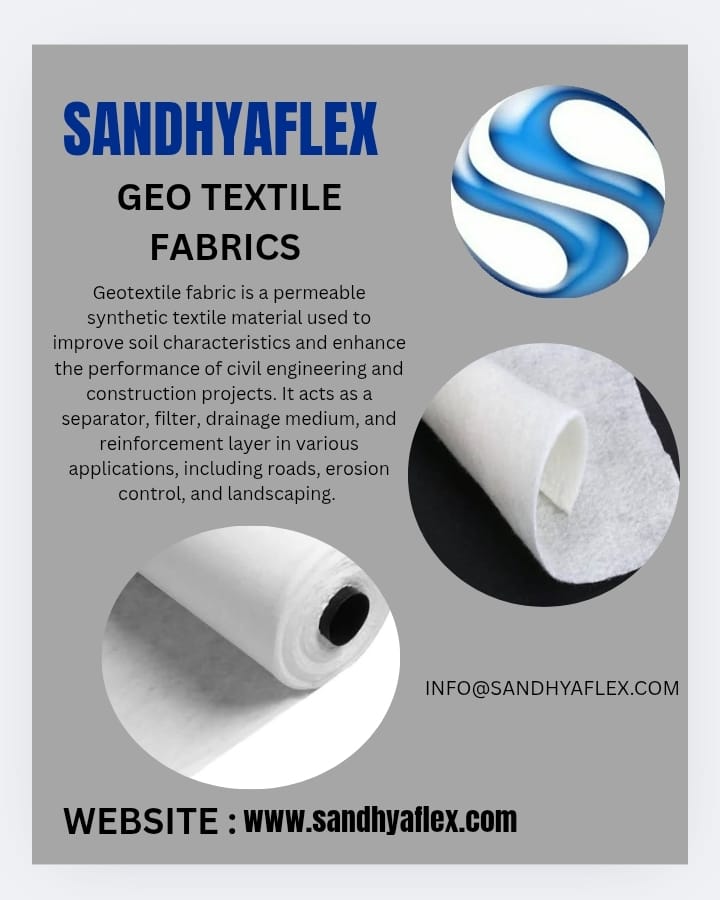

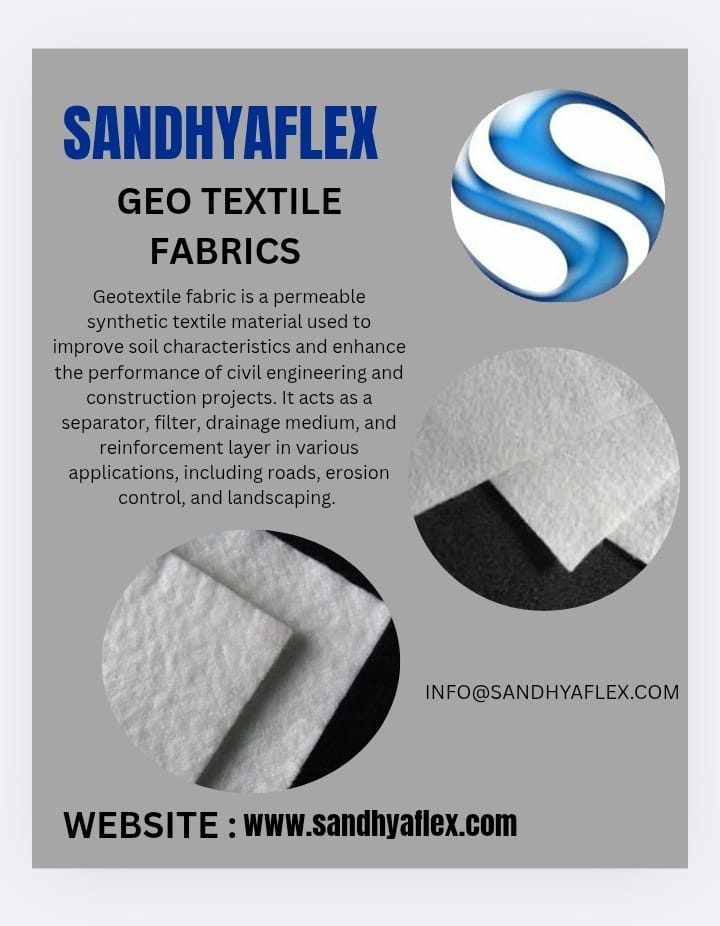
Tell us about your requirement

Price:
Quantity
Select Unit
- 50
- 100
- 200
- 250
- 500
- 1000+
Additional detail
Mobile number
Email

 Send Inquiry
Send Inquiry
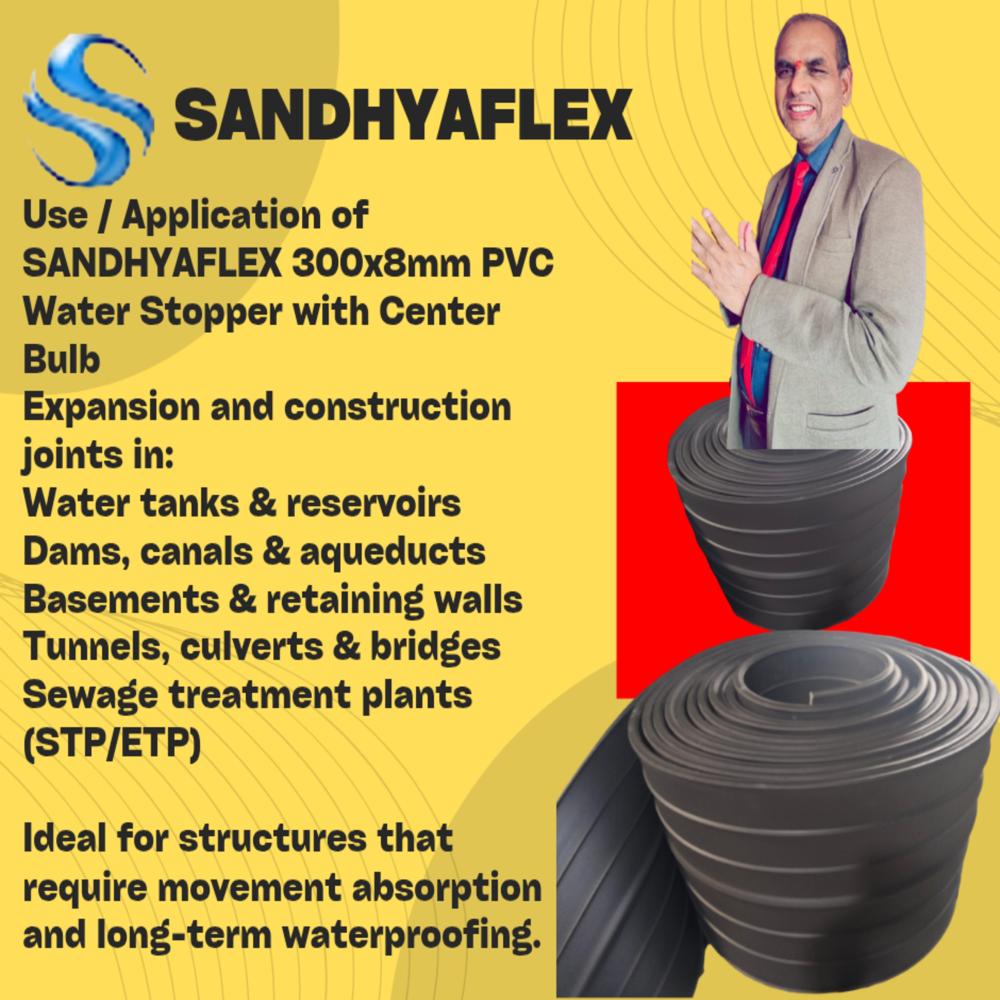
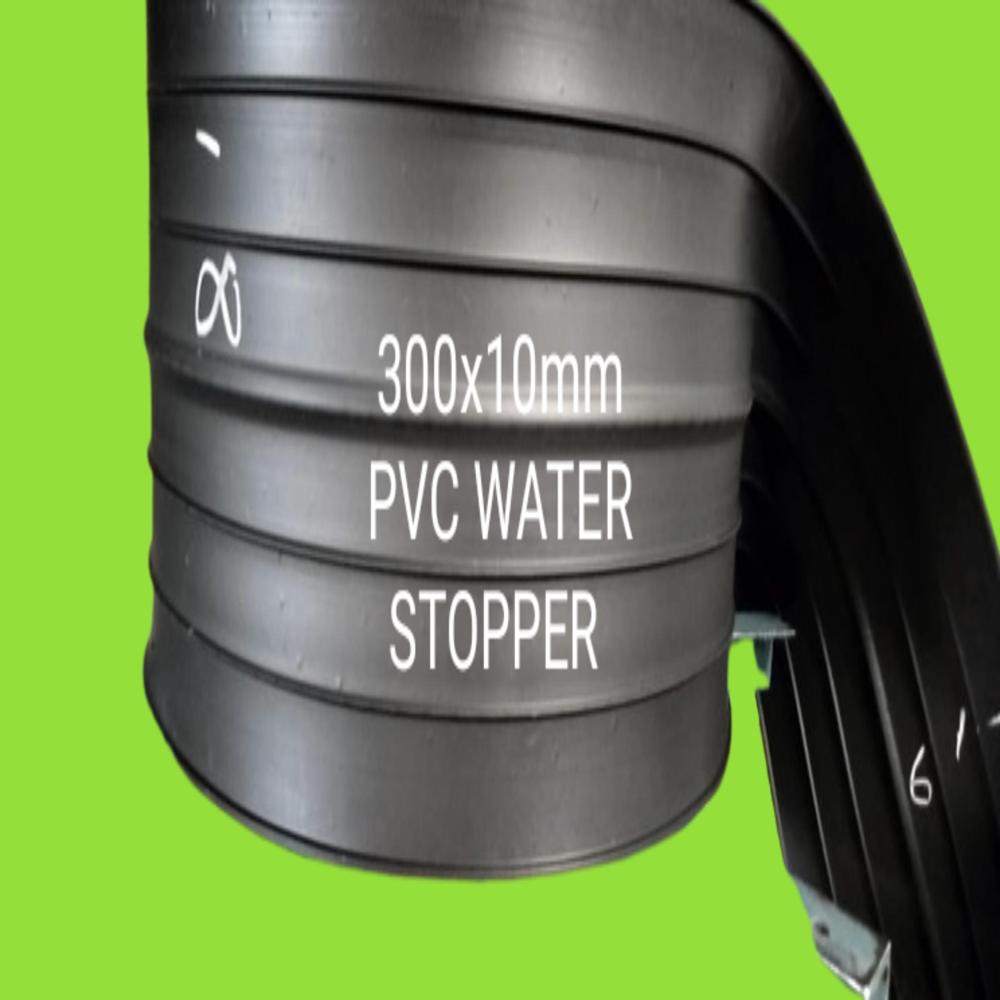
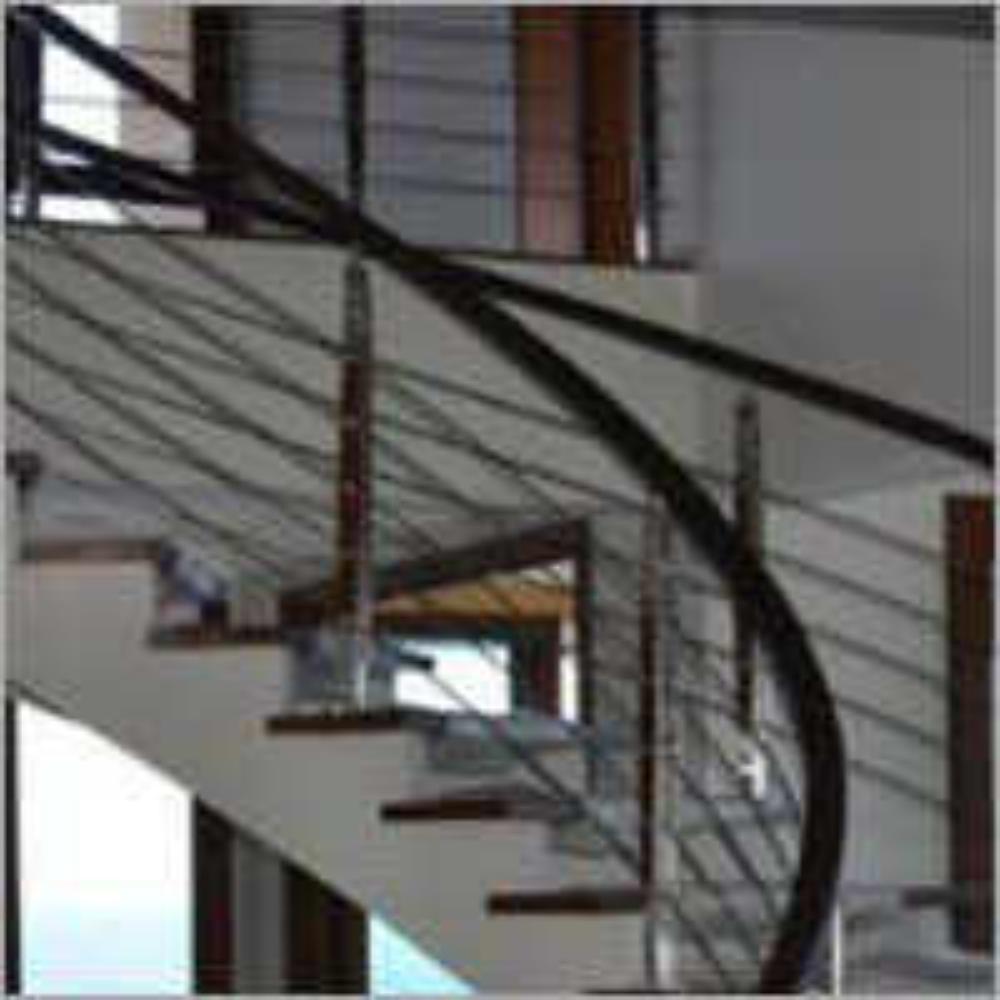
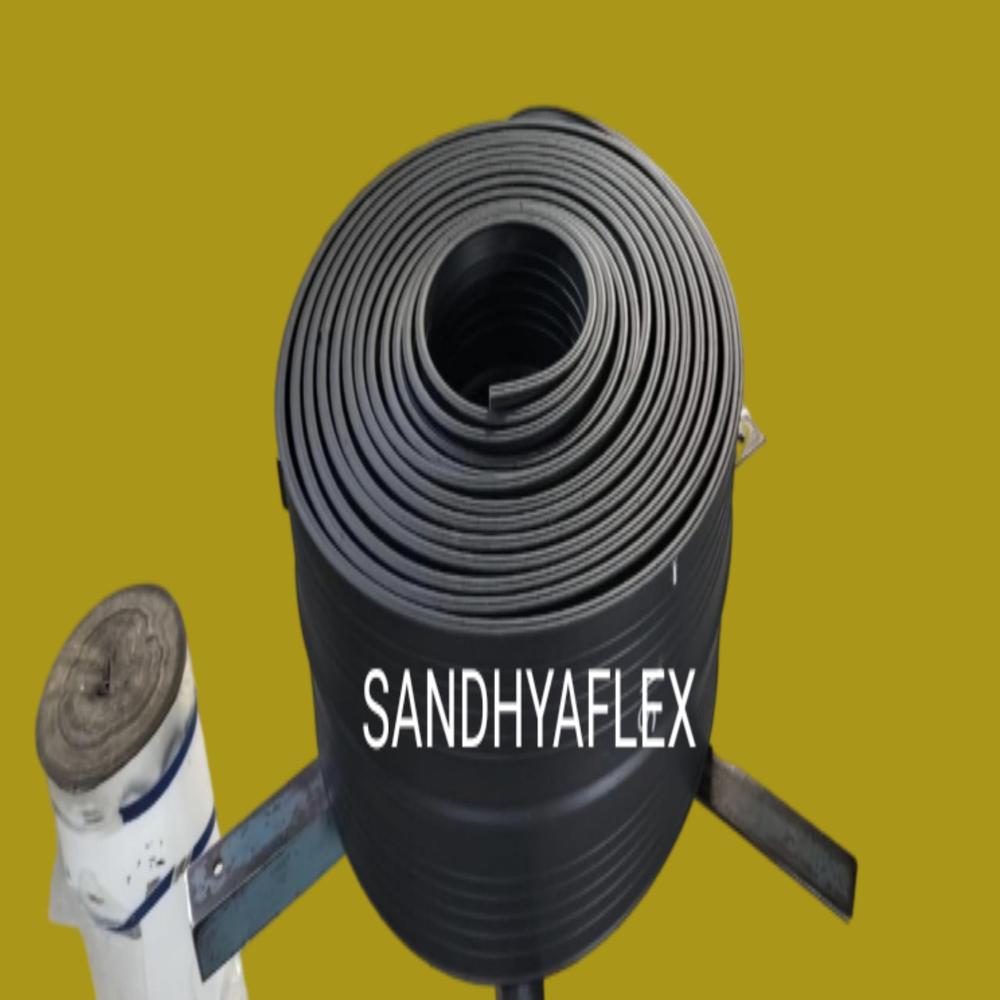


 Send Inquiry
Send Inquiry Send SMS
Send SMS Call Me Free
Call Me Free